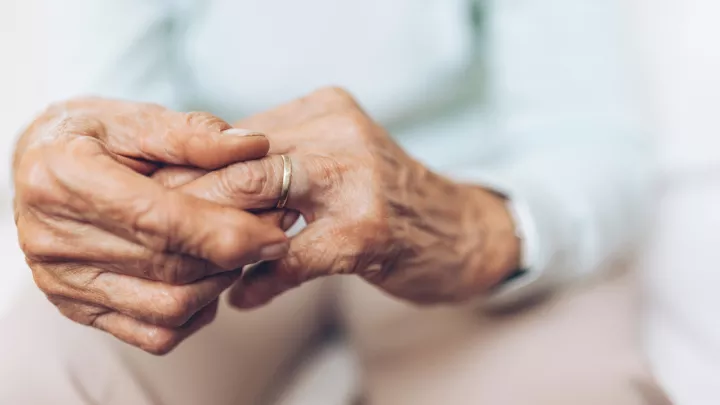You asked, we answered: What is postural orthostatic tachycardia syndrome (POTS)?

Question:
What is POTS? Is it a permanent condition? How disabling can it be?
Answer from cardiologist Kaveh Rezaei Bookani, MD:
Postural orthostatic tachycardia syndrome, or POTS, is a complex condition that affects many, especially women and young people. Let's break it down to better understand what POTS is, its symptoms, causes and how it can be managed for a better quality of life.
What is POTS?
POTS is a disorder affecting the autonomic nervous system. This system controls the involuntary functions of our body, like heart rate, blood pressure and temperature regulation.
When we stand, gravity pulls blood into the lower half of the body. Under normal circumstances, to ensure that enough blood reaches the brain, the body releases hormones to tighten blood vessels and cause a modest increase in heart rate. This leads to better blood flow to the heart and brain. Once the brain is receiving enough blood and oxygen, these nervous system responses settle back.
People with POTS, however, experience an unusual increase in heart rate, by at least 30 beats per minute for adults and 40 for adolescents, upon standing from a lying position. It predominantly affects women, adolescents and young adults.
Symptoms of POTS
The symptoms can vary quite a bit among patients but often include:
- Palpitations and fast heart rate: Feeling your heart pounding or racing.
- Lightheadedness and near fainting: Especially when standing up.
- Fatigue: Feeling unusually tired or exhausted.
- Exercise intolerance: Difficulty with physical activity.
- Brain fog: Trouble with thinking and concentration
Additional symptoms may include headache, tremors, nausea and the hands and feet turning purple if they are in a position lower than the heart. These symptoms may worsen in warm environments, with prolonged standing or if you're not taking in enough fluids or adequate salt.
Causes
The exact causes of POTS are uncertain, but the condition involves issues with blood flow and the autonomic nervous system.
Subtypes of POTS
- Neuropathic POTS: Issues with the small nerves in limbs and organs.
- Hyperadrenergic POTS: High levels of stress hormones.
- Hypovolemic POTS: Low blood volume.
- Secondary POTS: Associated with other conditions, such as diabetes or Lyme disease.
Diagnosing and managing POTS
The diagnosis of POTS involves a detailed medical history, physical examination, and tests like the 10-minute standing, some blood tests, and ultimately tilt table test might be needed.
While there's no cure for POTS, managing symptoms is possible with:
- Lifestyle modifications: Increasing fluids and salt intake, avoiding heat and large meals and wearing compression stockings.
- Physical therapy and exercise: Regular exercise can help improve cardiovascular fitness.
- Medication: In some cases, medications are used to manage specific symptoms.
Long-term outlook
The prognosis for POTS patients is generally positive. With the proper management, individuals with POTS can lead fulfilling lives. Symptoms may improve over time, and many individuals will go on to have normal pregnancies and healthy infants.
POTS is a challenging condition that affects the autonomic nervous system, leading to a variety of symptoms that can impact daily life. Understanding the symptoms, causes and management strategies is important. With appropriate treatment and lifestyle adjustments, people with POTS can manage their symptoms effectively and enjoy a good quality of life.







